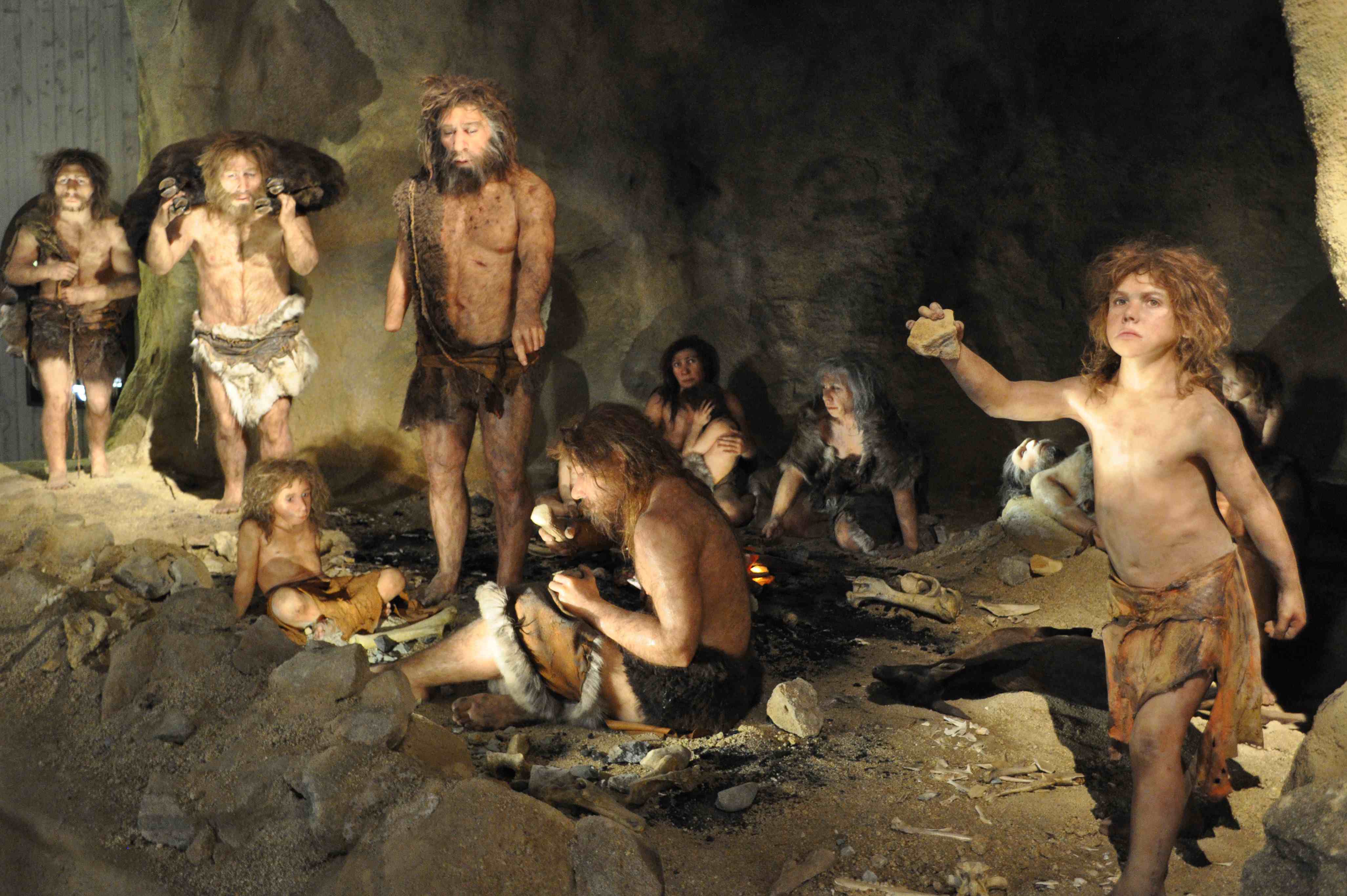
Svante Paabo, this year’s Nobel laureate in Physiology and Medicine, and his team published one of the biggest genetic studies on the Neanderthals. DNA evidence can now help grant a glimpse into their lives.
A peep into the lives of the Neanderthals
Svante Paabo and his team are credited with publishing one of the biggest genetic studies of early humans, including Neanderthals. These early humans lived about 50,000 years ago in Russia’s Altai mountains. 17 bone and tooth samples belonging to 13 individuals were found in two caves Chagyrskaya and Okladnikov. Chagyrskaya yielded a total of individuals— three girls, three boys, three men, and two women. On the other hand, Okladnikov yielded that of a woman and a boy.
In addition to doubling the number of Neanderthal genomes, the study also offers a glimpse into their social lives. While it is highly unlikely that these individuals were contemporaries, researchers believe they found a pair and trio of relatives. The relations are studied using DNA divergence which compares the genomes by choosing random sections of DNA and checking them. The more the similarity in the DNA sequence, the higher the assumption that two given individuals are related.
More on the study
Mitochondrial DNA is passed from the mother to the offspring. Despite not being involved in sexual mixing, it changes randomly by mutation. In addition to distinguishing individuals, the lack of mutations also reveals a recent ancestry. Additionally, the analysis also reveals that two mitochondrial DNA samples from Chagyrskaya show closer relation to the boy from Okladnikov. When Paabo’s team looked into the data related to the Y chromosomes of the Neandertals, they were successful in concluding their communities. “It makes you wonder what the familial relationship between these individuals was and how they were interacting with each other. It is a little glimpse into a Neanderthal family,” stated Laurits Skov. Skov is a paleogenetics who led the team to study the caves in depth.
